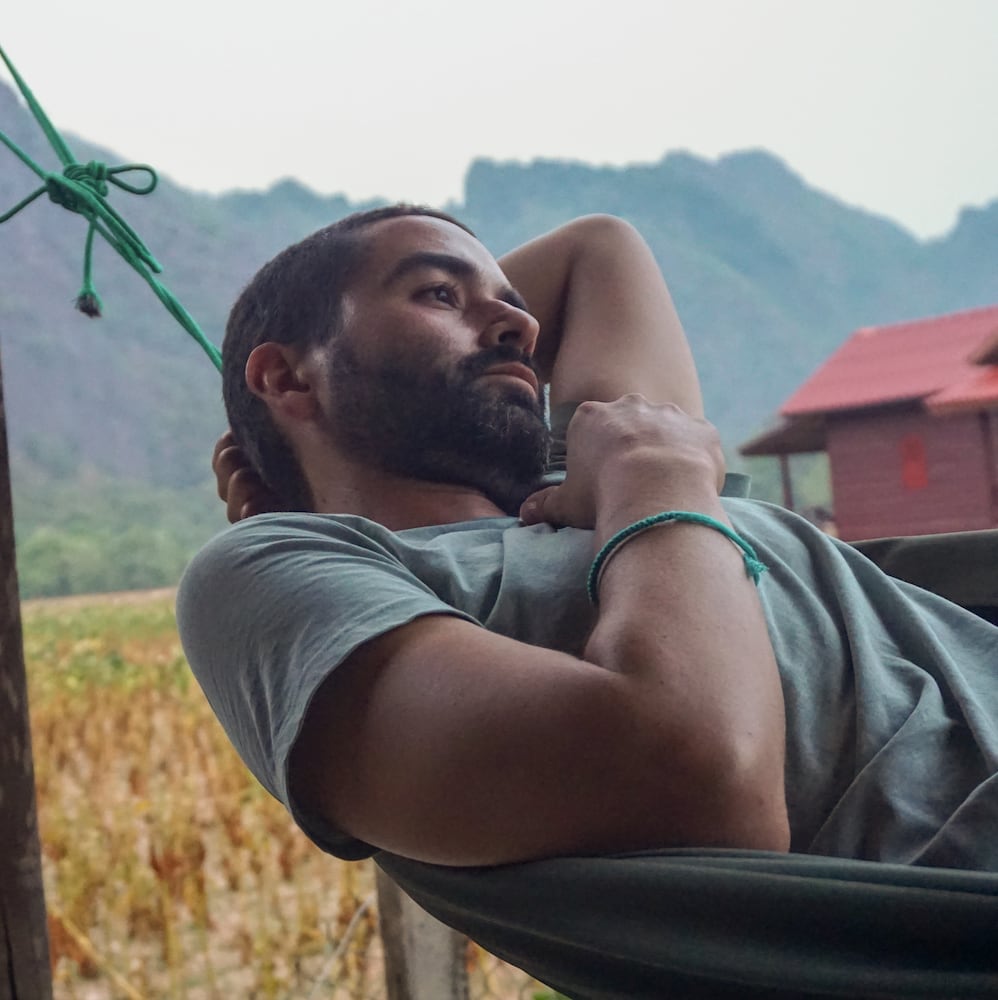Table of Content
Playing Tejo with a Japanese, two words you don’t usually see together. Tejo, a traditional Colombian sport where metal weights are thrown across a hall to explode gunpowder packets. Did I mention people play it while drinking alcohol too?
When I heard Sato, a young, tall, Japanese women from my hostel was leaving the Colombian countryside without trying this sport, I knew I had a duty. A duty to explode gunpowder with her. But before, we went for some food.
We ate at Wabi, a Japanese restaurant just of the main street. “Are you Japanese?”, Sato asked the owner, a kind Japanese man living in Salento for a couple of decades now. I can hear his accent from this region of Japan, funny to find that here, Sato said. The food was healthy and good. Simple and nourishing.
Next stop, Tejo Los Amigos. In Tejo, the goal is to hit a target by throwing a metal weight across the hall. The target is a tilted square box filled with clay and a metal ring at the center. Five small triangular papeletas (gunpowder packets) are placed on the clay box, four on the metal ring and one in the center. You get points by landing the metal weight inside the ring, more points if the weight strikes and explodes a gunpowder packet.
Once Sato struck the first papeleta, she understood Tejo’s popularity in Colombian towns. Heck, why isn’t it more popular? Once you learn the basics, it’s hard not to become an explosion junkie. A demolition madman. How many can we explode at the same time? How can we make a bigger explosion? While this was a friendly afternoon game, it’s in the evening where the place fills ups with people, explosions, drinks, and laughs.
Salento is a colorful town in the Quindio department and the Zona Cafetera, the coffee region of Colombia recognized as cultural world heritage by UNESCO. It’s also one of Colombia’s most popular tourist destinations.
Despite its tourism boom, Salento manages to keep parts of its culture intact, welcoming visitors to experience its coffee, landscape, and traditions. While the main street feels crowded at times, “touristy”, some places retain their history and tradition, places like Tejo los Amigos or Billar Danubio, where you can see visitors and townsfolk having a great time together.



Best places to eat in Salento
⭐️ Café de la Esquina / $ / Google Maps


One of the last traditional cafés in this popular street. This café uses an antique, shiny coffee machine to serve its customers. It’s a great place to sit in the morning and watch the town wake up. Old SUVs carrying fruits, milk, eggs, and produce. Tourists on antique Jeeps, popping their heads out, filled with joy heading to the countryside.
Quesos Madurados Quindianita / $$ / Google Maps


Tiny store just off Calle Real offering artisanal aged cheeses. The self-taught owner makes her versions of Parmesan, Camembert, and other cheeses using local milk.
⭐️ Wabi Asian Kitchen / $$ / Google Maps
Japanese dishes and lunch set menus using local ingredients. The chefs, both Japanese, bring kindness and care to their food. Walls and tables are decorated with memorabilia from around the world. The lunch menus, using Japanese and Asian flavors, are healthy, simple, and nourishing.
Best things to visit in Salento
⭐️ Cancha De Tejo Los Amigos / $ / Google Maps
Local bar and Tejo field welcoming locals and foreigners alike for a chance to play one of Colombia’s more traditional sports. Four Tejo lanes, each with a tilted clay box at the end, filled with papeletas (gunpowder packs). The goal? Throw a metal weight from across the lane to land in the center of the box and explode the packets. A great plan to socialize with locals and have a beer in the evening. You can play Tejo for the cost of a beer, around $10.000 pesos.
Mirador Alto de la Cruz / Free / Google Maps

Climb up the stairs for views of Salento and the surrounding countryside. At the top, water and products can be purchased, as reminded every 30 seconds by shouting vendors. Other than that, it’s a calm and relaxed place to visit.

Arepas Tradicionales / $ / Google Maps
Right in the middle of Calle Real, this street stand offers tasty arepas and empanadas for cheap. Ideal for a quick snack in the middle of your walk or after going up the Mirador de la Cruz.
Billar Danubio / $ / Google Maps

Local institution and must-stop to experience a typical Colombian billiard bar, a popular pastime in towns around Colombia. Locals gather here to play, have a beer, and share the latest town happenings.
With its pool tables, wood panel walls, and traditional decoration, Billar Danubio retains its town bar feel while welcoming curious travelers looking for a local experience.
Finca Don Elias / $$ / Google Maps
This small coffee farm offers 90-minute tours around their plantation, explaining all steps of the coffee making process. Their operation, small and artisanal, is a great introduction to the world of coffee making in Colombia. Another popular coffee tour, El Ocaso, is a couple of minutes away. From town to the Don Elias farm, it’s a 1-hour walk. You can also take a public jeep.
⭐️ Valle de Cócora / Free / Google Maps

Cócora Valley is a natural reserve for tall palm wax trees offering natural hikes and beautiful scenery. To get to the valley, jump on a public antique jeep at the main town plaza, one of the most colorful ways to get around. While the valley can get crowded, it’s worth a visit.




